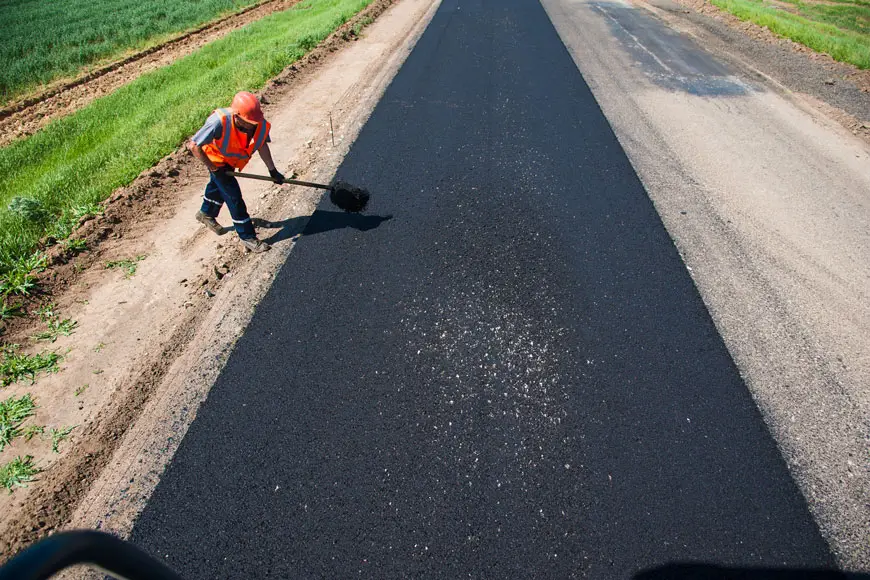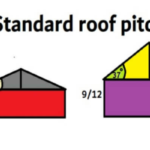This simple and easy to use calculator will help you estimate the quantity of asphalt in tons based on the required volume of aspahlt you need for your driveway, road, or highway.
This simple asphalt quantity calculator that will help users estimate the quantity of asphalt in tons required for a road based on its length, width, and thickness in feet:

Enter the dimensions of the road:
Quantity of Asphalt (tons):
How to calculate the quantity of asphalt required
To calculate the quantity of asphalt required to construct a road, driveway, or highway, you will need to determine the following:
- The length, width, and thickness of the roadway: The length and width of the roadway are typically measured in meters or feet, while the thickness is typically measured in inches or centimeters.
- The density of the asphalt: Asphalt has a typical density of around 2322 kg/cubic meter, but this can vary depending on the specific mix of asphalt being used.
- The volume of the roadway: Once you have the dimensions of the roadway, you can calculate the volume by multiplying the length, width, and thickness together. For example, if the roadway is 50 meters long, 20 meters wide, and 10 centimeters thick, the volume would be 50 * 20 * 0.1 = 1000 cubic meters.
- The weight of the asphalt: To calculate the weight of the asphalt required, multiply the volume of the roadway by the density of the asphalt. For example, if the volume of the roadway is 1000 cubic meters and the density of the asphalt is 2322 kg/cubic meter, the weight of the asphalt required would be 1000 * 2322 = 2322000 kg.
- The number of tons of asphalt required: Finally, divide the weight of the asphalt in kilograms by the number of kilograms per ton to determine the number of tons required. For example, if the weight of the asphalt is 2322000 kg, the number of tons required would be 2322000 / 1000 = 2322 tons.
It is important to note that these calculations are based on the assumption that the asphalt will be placed in a single layer. If multiple layers of asphalt are required, you will need to multiply the volume and weight calculations by the number of layers.


















